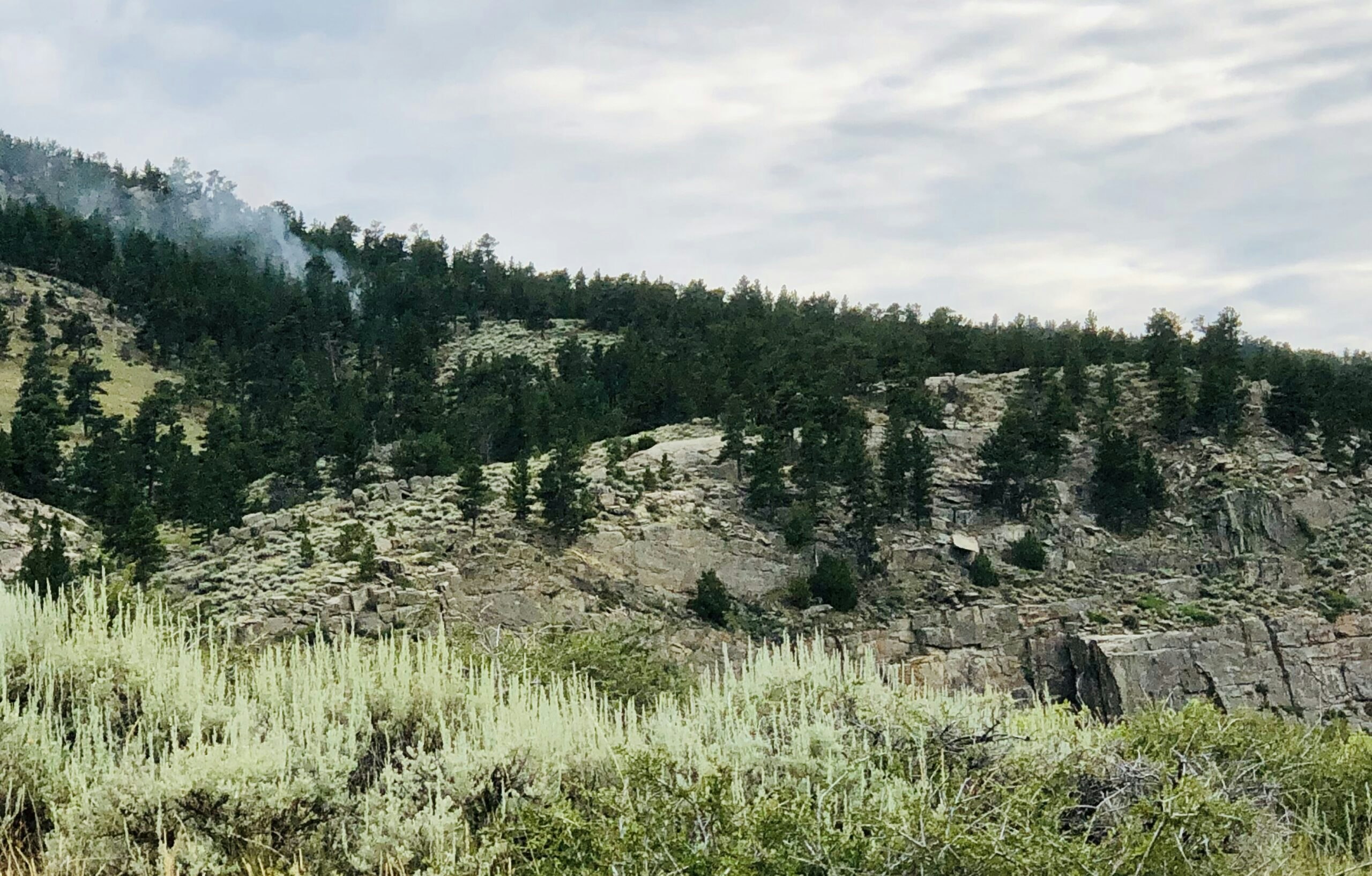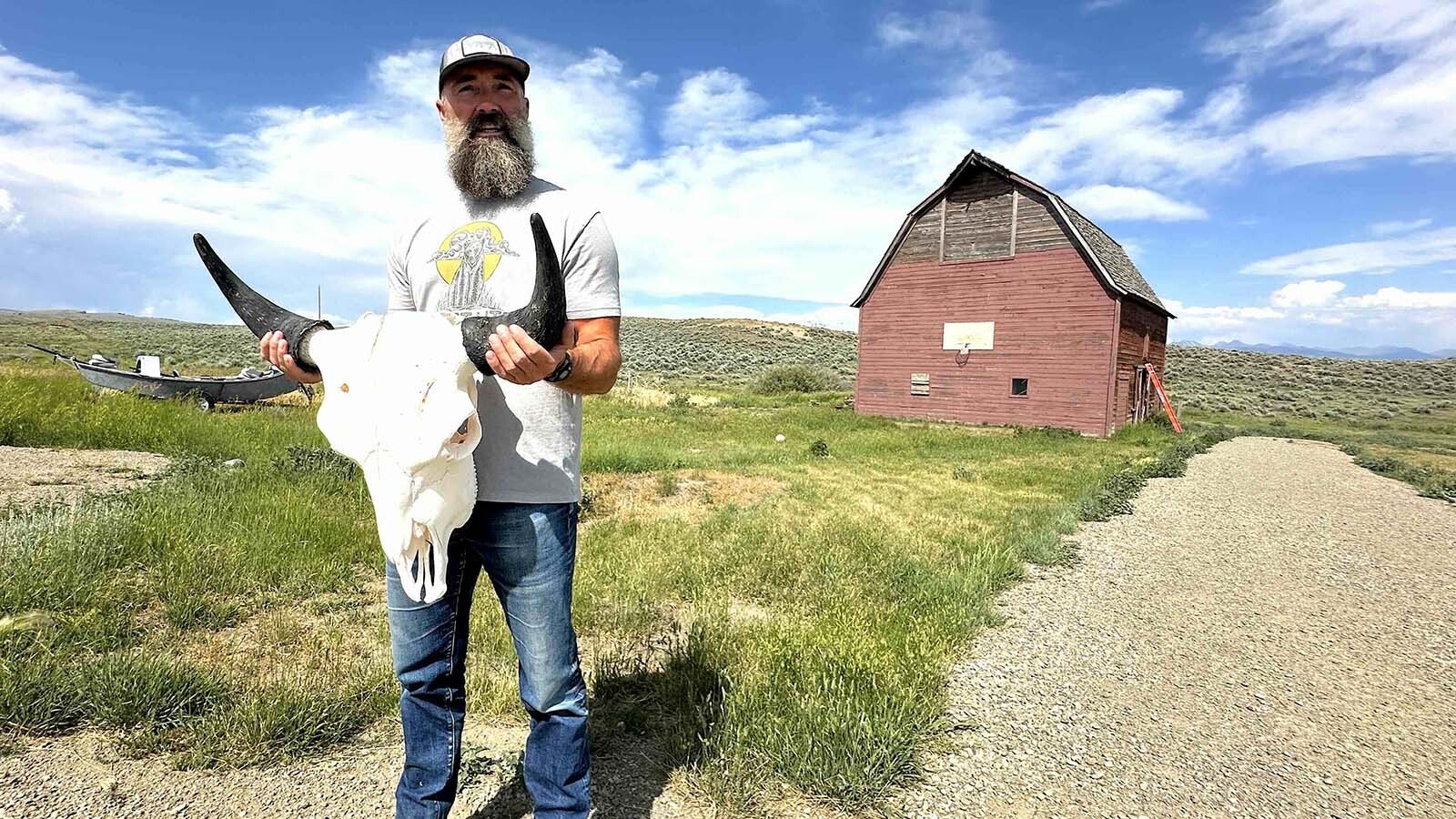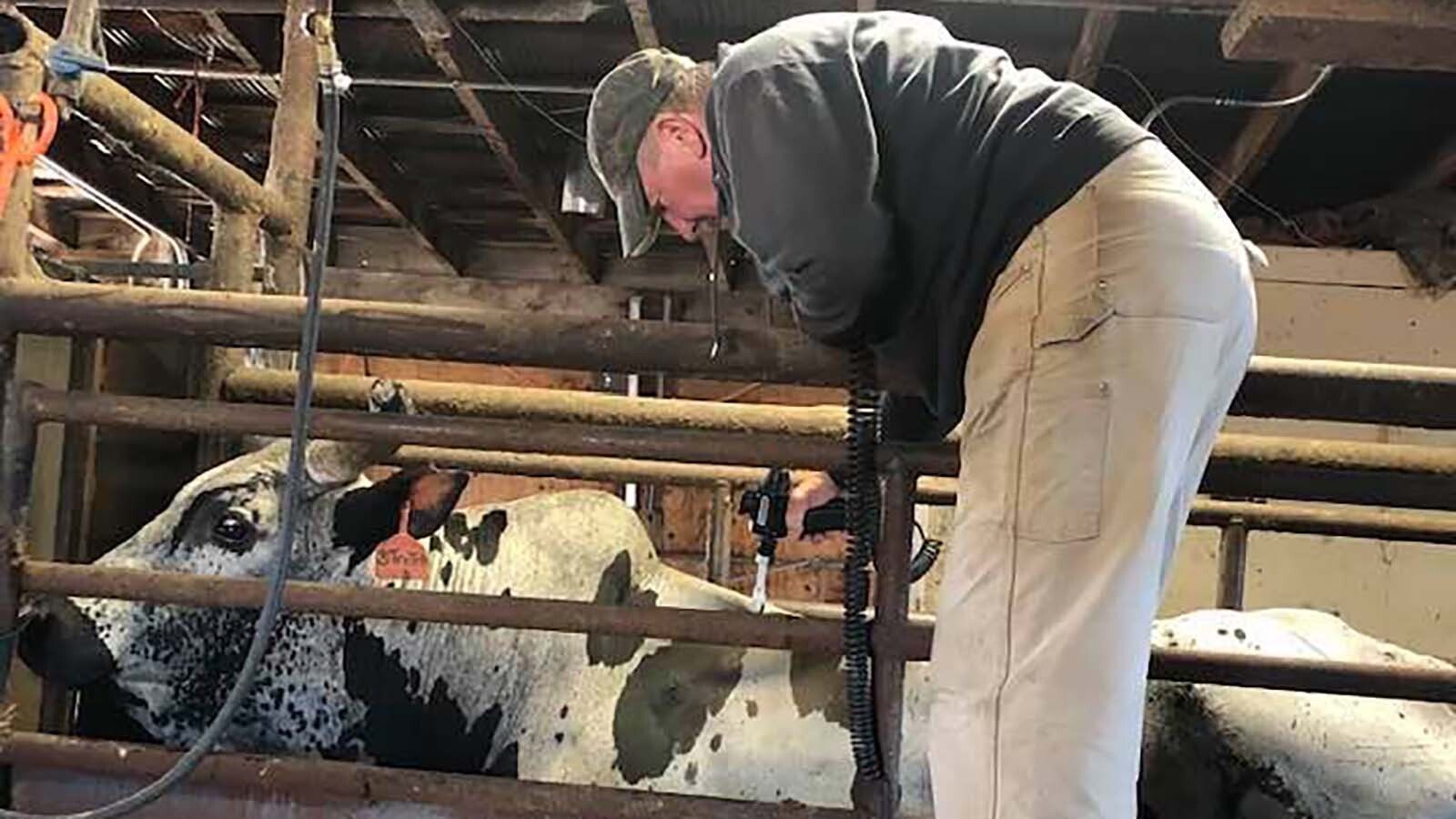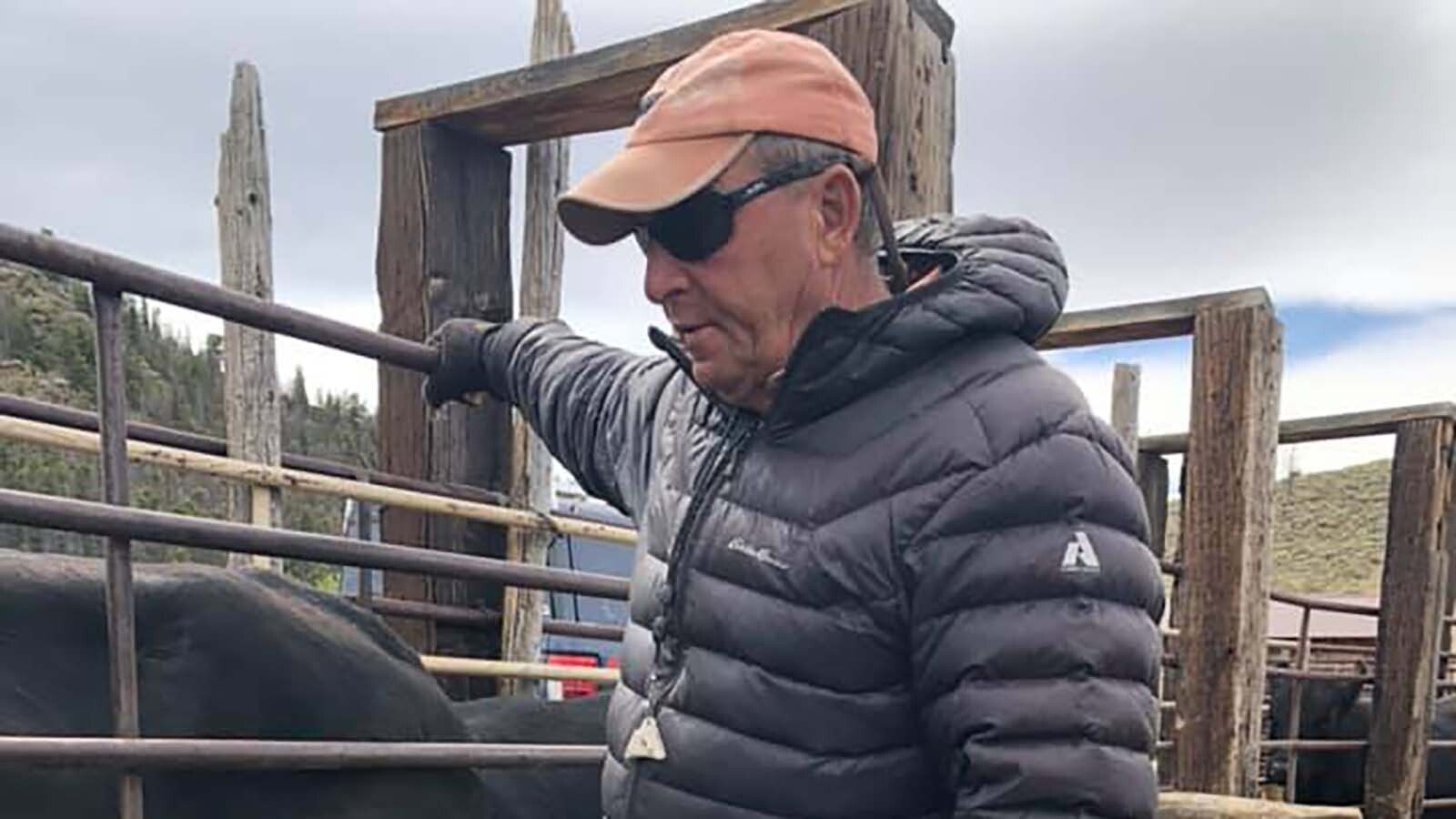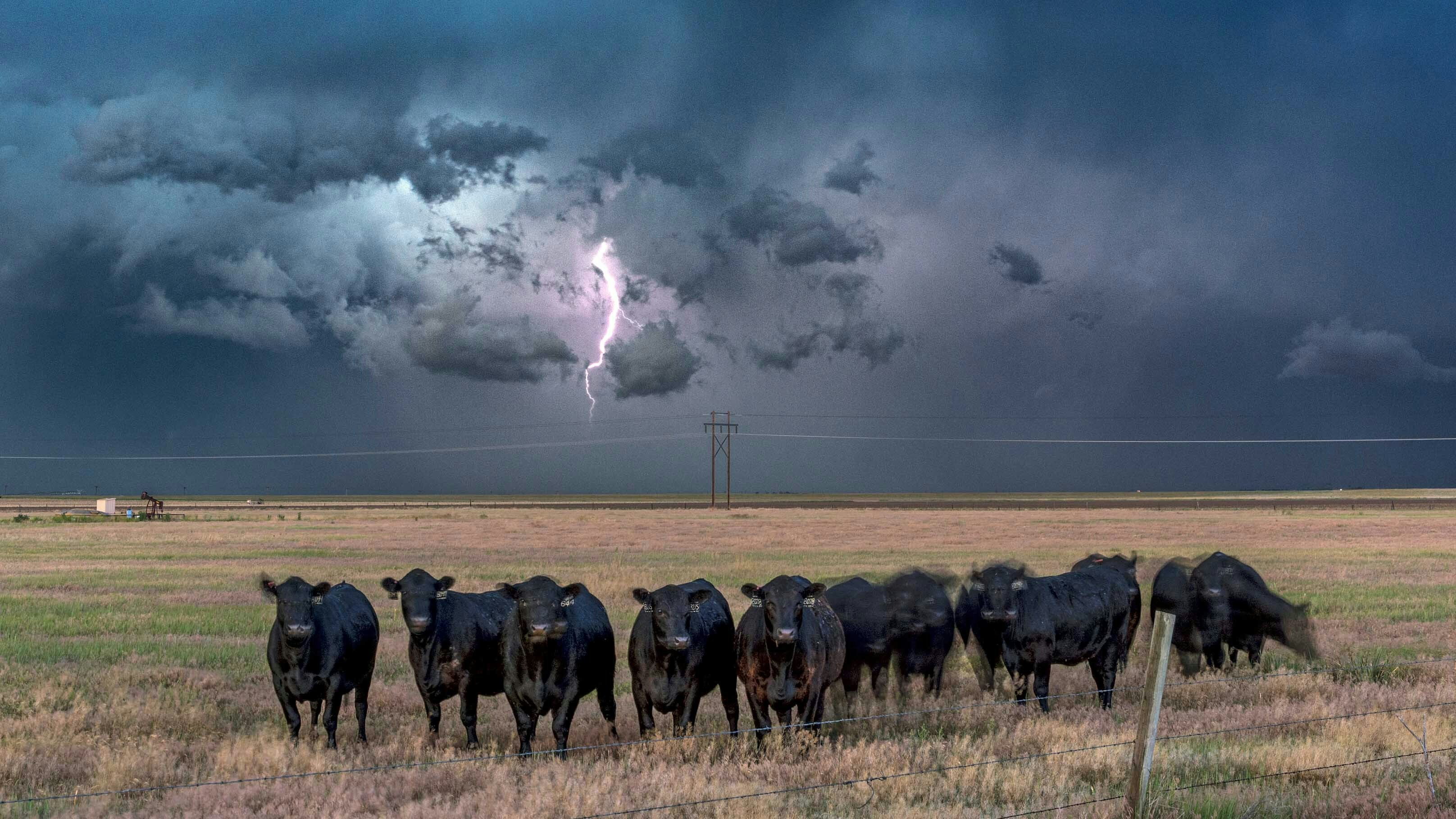After a spate of wildfires dominating Wyoming headlines in recent years, 2019 has been a quiet fire season for wildland firefighters so far. A wet spring and dry summer, however, have fire experts on high alert, one of the state’s lead disaster educators said.
“When we have increased forage growth without the chance to thin it down, we’re going to have an enhanced fire risk,” said Scott Cotton, a University of Wyoming Area Extension educator. “If we keep getting these dry lighting storms, our fire risk could go all the way into November.”
U.S Forest Service spokesperson Aaron Voos said the Forest Service is also keeping a weather eye on the horizon.
“There is always the possibility that we end up with accumulated fuels,” Voos explained. “This year has been pretty wet so far, but that doesn’t mean those fuels couldn’t dry out and cause us to see some fires late summer and early fall.”
Wyoming experienced several active fire seasons recently, with the human-started Badger Creek and Ryan fires consuming more than 20,000 acres each in Southeastern Wyoming last year. Near Wheatland, the Britania Mountain Fire scorched more than 30,000 acres in 2018.
As of Thursday, only one wildfire was known to be burning in Wyoming — the 4-acre Lick Creek Fire in the Bighorn National Forest. Two firefighters suffered minor injuries while fighting the flames, but were treated and released from an area hospital.U.S. Forest Service officials were also surveying the area Thursday to see if any new fires had been ignited near Story by lightning strikes Wednesday.
Not all fire activity is bad, Voos stressed. “A certain amount of wildfire is acceptable, but it’s hard to draw that line,” Voos said. “If we could pick and choose where we wanted these fires to happen, there would be a lot more good fires.”
Prevention
As “flash fuels” such as cheat grass dry out, Cotton said fire prevention falls to everyone.
“Unfortunately, we have a lot more plains fires than we do timber fires,” he said. “We try to encourage ranchers to increase their grazing to reduce fuels and graze strips intermittently to create fire breaks.”
One rancher described searching for potential fire hazards as “looking for purple,” Cotton said.
“Most of our cheat grass species … have a tendency for their tops to turn purple when they dry out,” he explained.
Once dried out, cheat grass becomes a flash fuel, short grasses and light brush up to two feet tall that burn rapidly. Cotton said flash fuels are especially dangerous during the dry lightning storms common in late summer.
“There’s a number of ways they can reduce the fuels — mostly mechanical and animal (grazing),” he added. “But we also have a program with the weed and pest districts across the state that if (land owners) identify invasive flash fuels, the district can spray them to reduce the danger for the following year.”
On public lands, Voos said visitors can be the first line of defense against wildfires.
“Campfires are, by far, the leading cause to wildfires (in the national forest),” he said. “The big fires we’ve had are not typical of this area, and that has a lot to do with human-caused fires.”
Voos provided a list of preventive measures to reduce the risk of fires on public lands:
- Scrape back dead grass and forest materials from your campfire site;
- Keep your campfire small and under control;
- Keep a shovel and a water container nearby to douse escaped embers;
- Do not park vehicles in tall dry grass as hot tailpipes can cause flash fuels to catch on fire;
- Remember that any ignition – cigarettes, campfires, gunfire, vehicles – could be the cause of a wildland fire;
- Grass and other vegetation can dry quickly and is extremely flammable; and
- Always follow current fire restrictions.
Downtime?
Despite the lack of large wildfires currently blazing across Wyoming, Voos said Forest Service personnel are still out there fighting the good fight.
“One thing we’ve been able to do this year is some additional prescribed burning,” he explained. “We put some good fire on the ground on purpose and kept it contained.”
Prescribed burning can reduce accumulated fuels in problematic areas and create natural fire breaks as well as encourage biodiversity.
Additionally, fire crews can be allocated to other areas of the country where the fire season is in full swing.
“They still fight fires, but not on this unit,” Voos said. “They go out of area to assist other people that are in need of firefighters. When we have wildfires, we pull crews from around the country to help out, and turnabout is fair play.”
Cotton said farmers and ranchers should use the lull to survey their land.
“Early recognition and early use is one of the best methods of fire management,” he explained. “If you can identify where the fuel is, then, at the very least, you can talk to your volunteer firefighters, so they know where to keep an eye out.”

